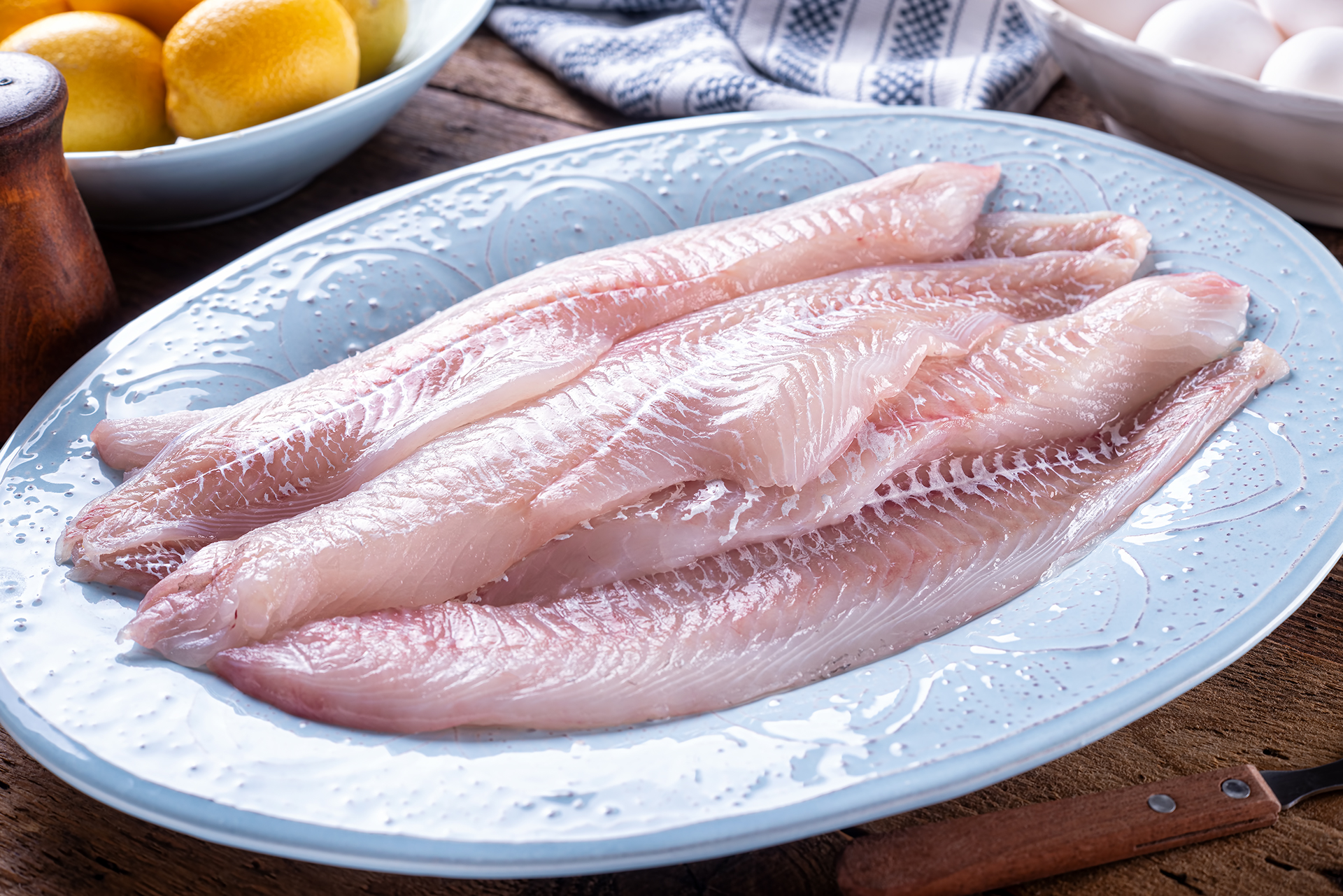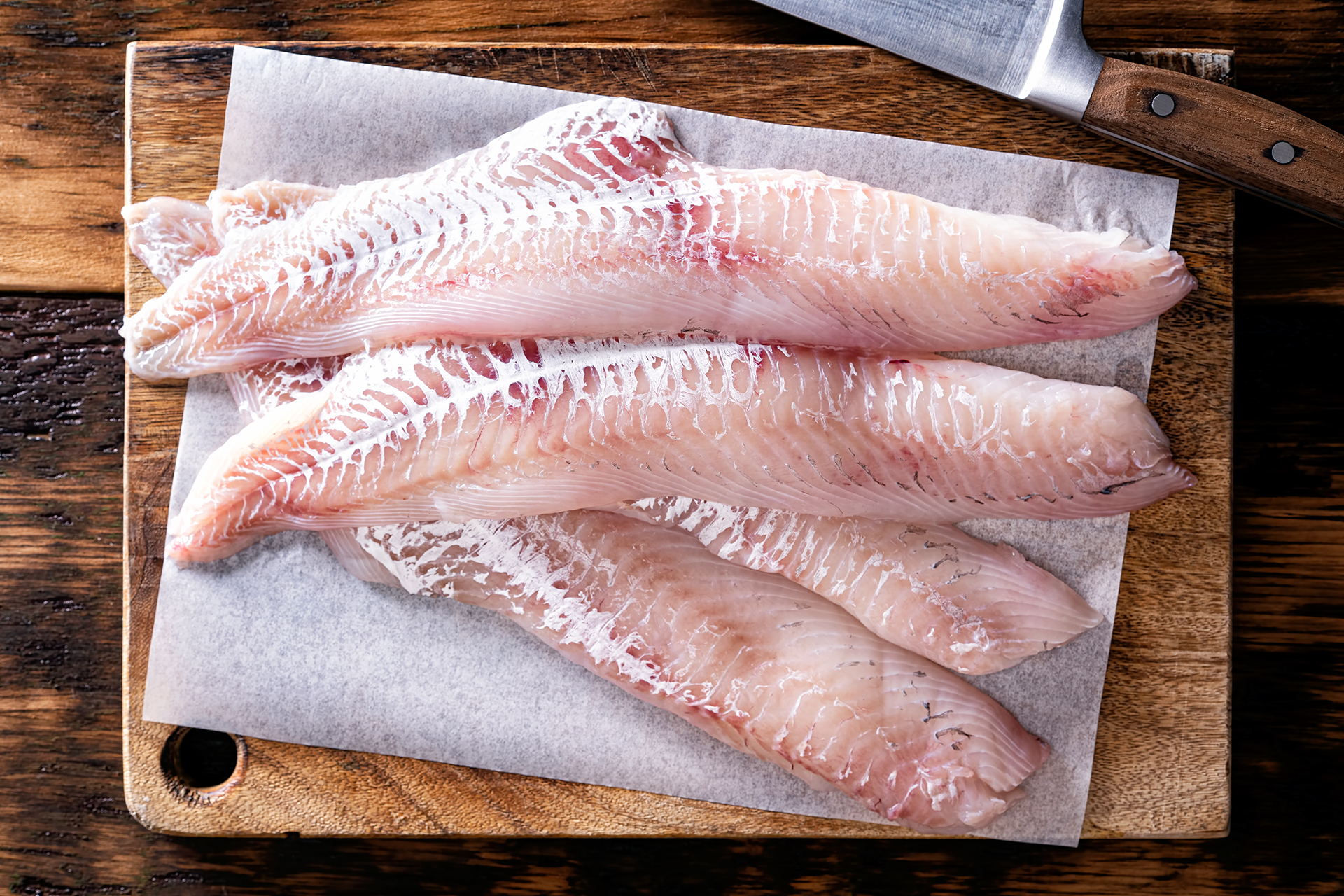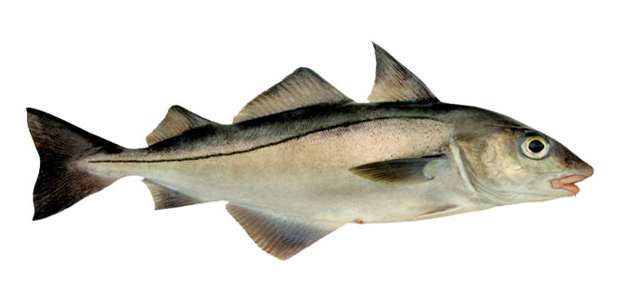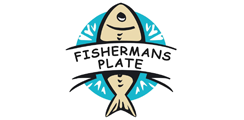
A member of the cod family, haddock are a popular Canadian bottom-dwelling groundfish species on both sides of the Atlantic, ranging in North American waters from southwest Greenland to Cape Hatteras, North Carolina.
Haddock are harvested as a directed fishery on eastern Georges Bank (5Zjm), and as part of a multi-species fishery in the southern Scotian Shelf and Bay of Fundy (4X). The Canadian haddock fisheries in these areas have been eco-certified by the Marine Stewardship Council.
The United States is the predominant export market for Canadian haddock.

Canada and the United States conduct a joint annual assessment of the eastern Georges Bank haddock stock. The two countries also collaboratively manage this stock through the Canada-United States Transboundary Management Guidance Committee that was established in 2000.
Groundfish fisheries off the coast of Atlantic Canada have been regulated since 1977. In 1995, an Integrated Fisheries Management Planning process was introduced and, in 2000, this process was strengthened with the addition of risk analysis and the precautionary approach to haddock fisheries management. Fisheries and Oceans Canada continues to work closely with regional management boards and the haddock fishing industry to develop and update Integrated Fisheries Management Plans for haddock.
Haddock fisheries have been managed using quota regulations since the 1970’s. Some conservation measures include:
- specific season and area closures during spawning;
- fishing practices to avoid high bycatch (in 5Xjm where this is not a multi-species fishery) such as the use of a separator panel in trawl nets to minimize cod bycatch; and,
- monitoring by at-sea observers





